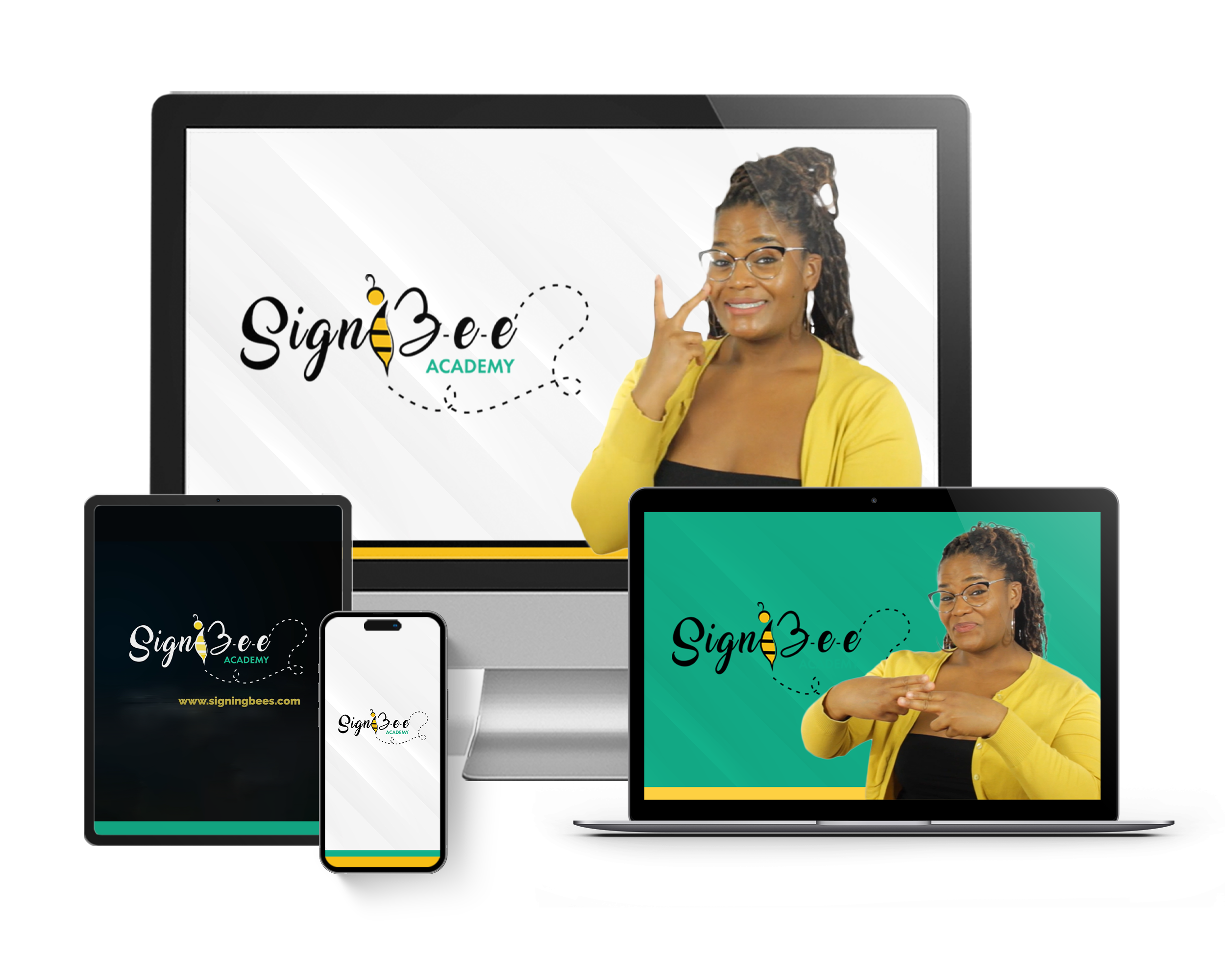There are many things that people believe to be true with aren’t. These beliefs are called misconceptions. They stem from a lack of knowledge, or incomplete knowledge about a matter, a group, or a person.
Somehow, an increase in man’s knowledge hasn’t eradicated misconceptions. The internet isn’t the double-edged sword that will hack down every incomplete or false knowledge. In some cases, it only furthered certain misconceptions.
One practice that has suffered from misconceptions is baby sign language. There are many things people believe about baby sign language that aren’t true. These false ideas have been shared verbally and online for a while, making finding the truth much harder.
This article aims to tackle common misconceptions about baby sign language use, including its efficacy, and short-term and long-term effects on children. Get your hammer as we bring down these misconceptions.
Baby Sign Language: What is it?
Before we take our figurative hammers to knock down false ideas about baby sign language use, we must first understand what it is.
Baby sign language or baby signing is a “language” that allows communication with babies using basic gestures. The reason the word “language” is in quotation marks is because baby signing isn’t a real language since it lacks certain characteristics of a real language.
Still, it has been discovered to be an effective way to communicate with babies roughly from six months of age. Some studies even point to children signing efficiently when they are eight months old.
Baby sign language is neither ASL nor BSL. It can be a set of simple gestures formed by the family to communicate with the baby. It can also come from a set of standardized signs from a video or chat.
Misconceptions About Baby Sign Language
Image by Il-young ko on Openverse
There are many misconceptions about baby sign language, each stemming from incomplete knowledge about it. Let’s take a look at the most common ones.
Misconception 1: Delay of Speech
The last thing a parent will want is a child talking later than they should. This fear has made certain people believe that baby sign language is a bad idea.
The fear comes from the fact that by the time the baby is old enough to speak, they might be fluent in using the signs they have learned to communicate. The belief is that this will affect the child’s speech development.
The truth is, many studies have been conducted on baby sign language and there is no evidence or indication that baby sign language impedes speech development. So, teach your child sign language if you want to. When it’s time to speak, the child will speak.
Misconception 2: Baby Sign Language is Only for Hard of Hearing Babies
Many people just hear “sign language” and immediately associate it with the hard of hearing. The same applies to baby sign language. A common misconception is that it is for babies who are hard of hearing or babies born to parents who are hard of hearing.
While baby signing might’ve been used more among the deaf in the past, it is not in any way a means of communication only for them. Parents use baby sign language to communicate effectively with their children before they develop speech.
So, if you want to improve your communication between you and your baby, give baby signing a go. You mustn’t lose your hearing to benefit from its perks.
Misconception 3: Baby Sign Language Replaces Speech
Maybe all the people you know who sign are hard of hearing or related to people who are hard of hearing. While sign language is a substitute for speaking for the deaf, it isn’t a replacement when it comes to babies.
Baby signing is more of a stipped-down language that can be used before the baby begins speaking. It is in no way a substitute for speaking. In most cases, the baby signs while the adult who is communicating with the baby speaks.
When it is time for the child to begin speaking, most children will begin at their own pace. So, teach your child baby signing but also prepare to guide the child through speaking when the time comes.
Misconception 4: Baby Sign Language is Too Hard for Babies
Most languages are difficult to learn and require months, if not years, of constant use to master. However more than 40% of the world’s population speaks more than one language. This idea of language is used to examine baby sign language and that breeds the misconception that it is too difficult for babies to learn.
The truth couldn’t be farther away. When research on baby sign language was beginning it was discovered that six-month-olds could make basic signs with their hard of hearing parents and by ten months, they had developed a more complex vocabulary.
Sign language isn’t too complicated for babies if taught right. The key is demonstration and repetition. Most baby sign language experts say that babies can get by with 8 simple signs.
If your baby’s ability to understand baby signing is one of your concerns, then rest easy. Your child is smarter than you think.
Misconception 5: There are No Benefits to Baby Sign Language
The benefits of baby sign language are numerous but not obvious to those who don’t do their research.
It is natural for a parent to question the upsides of teaching a baby something as life-changing as sign language. It requires a lot of work and it will be good to know the benefits going in.
So, here are a few:
- Your baby might have a higher self-esteem since they learn communication before their non-signing peers.
- It can be a lifesaver when a baby is in a dire situation and still too young to speak.
- The bond between you and your child will be stronger since there is a clear communication path.
There are many other benefits that baby sign language brings. It is a clear misconception to think that better communication doesn’t have benefits.
The Sum of It All
In the end, whether you decide to teach your child sign language or let the child develop like millions of other babies is up to you. However, you should know that some misconceptions about the language are floating around.
It isn’t harmful, but instead beneficial. Your child won’t decide to not speak because he or she can sign. And, it really isn’t too hard for you or the baby to learn.
If this article has swayed you in the direction of learning baby sign language then pick the most user-friendly option: Learning ASL with SignBee Academy.
Thumbnail Photo Credit to: Image by M&R Glasgow on Openverse





